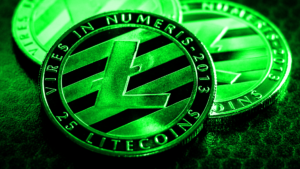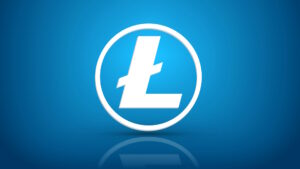Bitcoin futures exchange-traded funds (ETFs) have arrived, with the Securities and Exchange Commission (SEC) giving the green light for the ProShares’ Bitcoin Strategy ETF (BITO), and several others expected to follow suit.
A futures bitcoin ETF
There are several ways to get exposure to bitcoin. For an investor, the drawbacks associated with a futures-based ETF are greater than those of a spot-based ETF.
The difference between the two is that a spot ETF holds the underlying asset in a treasury, while the futures ETF adds intermediaries. Owning shares of an asset is essentially a claim on the asset in custody, whether it’s bitcoin, ethereum, litecoin or commodities. With spot ETFs you can redeem these shares for the asset they represent – this is typically the case with most assets traditional or otherwise.
Compared with perpetual futures contracts, some of which can be settled in the digital commodity, bitcoin futures ETFs are cash settled. This means that investors are not able to redeem the underlying asset (btc, ltc, eth) – i.e. you have no claim on the actual bitcoin.
By buying a BTC futures ETF, you are party to a contract settled in cash at a future date.
This runs contrary to the main attraction of hard assets like bitcoin, litecoin and gold. The absence of counterparty risk is a major premise for digital bearer assets. Third-party custodial risk is certain for market participants, but in terms of counterparties, less is more. In fact, owning hard assets in self-custody means your Bitcoin or Litecoin is not at risk by potentially compromised service providers.
Four reasons to avoid a futures product
1. Counterparty risk
In the film “The Big Short”, there is a scene where the protagonists (who had been anticipating that the mortgage-backed securities market would blow up) faced a moment of sheer terror because the bank from which they shorted the market was exposed to derivatives and was insolvent. This surreal position is one instance of counterparty risk and is ultimately a testament to the downfalls of cash-settled futures ETFs.
2. Diluted Exposure
SEC regulations demand that consumer protection protocols be in place, but these have the effect of including multiple intermediaries that also need to get paid. These include the ETF provider, clearing house, futures broker, administrator, auditor, law firms, the CME and hedge funds that would take advantage of the arbitrage opportunities. On top of that, futures ETFs can only mimic exposure to bitcoin of up to 85% of their net asset value (NAV). The rest must be placed in “safer” instruments such as Treasury bills or bonds and the investor has no say in the matter.
3. Decay
As the settlement date approaches, contracts must be passed over to the next period, which involves closing out and opening new positions.
As those who trade perpetuals are firmly aware of, funding fees are a very real cost that you must be aware of too. The BITO ETF fund fees are 0.95%, which are added the longer a futures contract is open.
On the other hand, owning bitcoin directly, or having exposure to a spot ETF mitigates such costs entirely.
4. Divergence
Touching on an earlier point, intermediaries and counterparty risks means that futures markets can sometimes be detached from the actual spot price. For decades, goldbugs have been shouting from the rooftops that futures do not reflect gold prices. This can become very conspicous during times of high volatility, like during the ‘#silversqueeze’ earlier this year, where silver traded at premiums north of 30% on futures markets.
But this volatility is not limited to silver. On April 20, 2020, oil futures traded in negative territory for a full day. The same is true of bitcoin perpetuals trading on semi-liquid exchanges like Bitstamp earlier this year.
This means that while futures are typically aligned with the spot market, premiums and high volatility events make it certain that this alignment is subject to major fluctuations.
Bitcoin ETF alternative
Instead of bothering with futures ETFs, consider taking the plunge into crypto and setting up an account with some of the leading exchanges in the industry. Consider the relatively small learning curve as an investment into the future of finance, where you’ll be able to get exposure to bitcoin, litecoin, ethereum and traditional assets. Some exchanges only require an email sign up before you’re able to purchase bitcoin. It’s crucial to become familiar with self-custody wallets in order to move coins off exchanges and avoid counter-party risk.
As of June 2023, the highly anticipated Grayscale Spot-based Bitcoin ETF does not appear to be anywhere in sight.
Join the telegram channel for updates, charts, ideas and deals.
Did you like the article? Share it!


